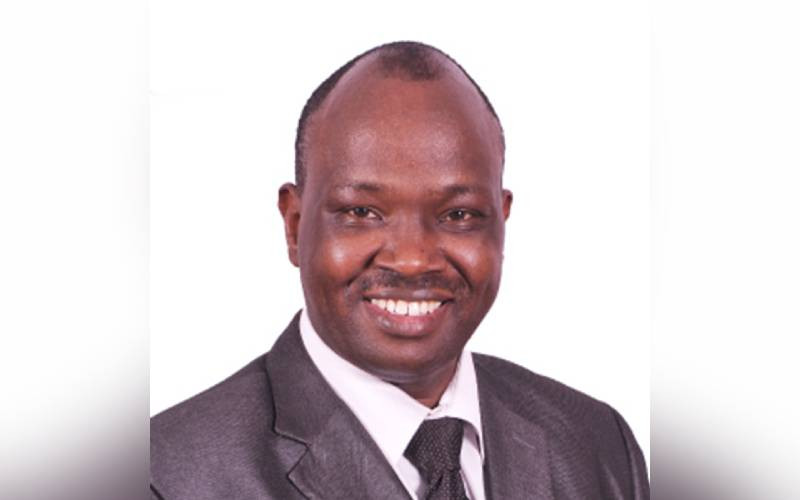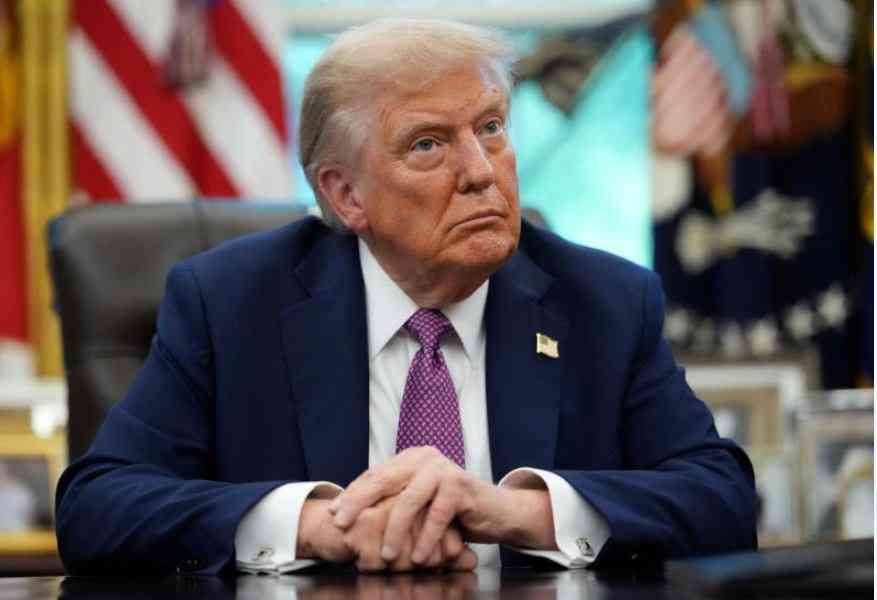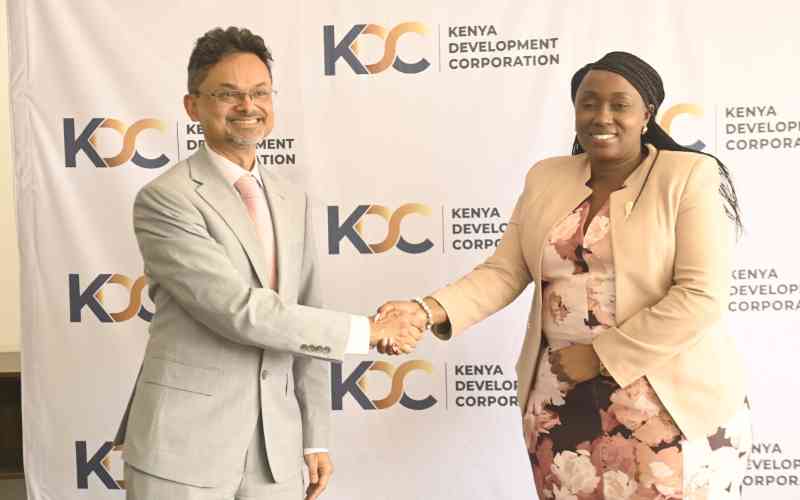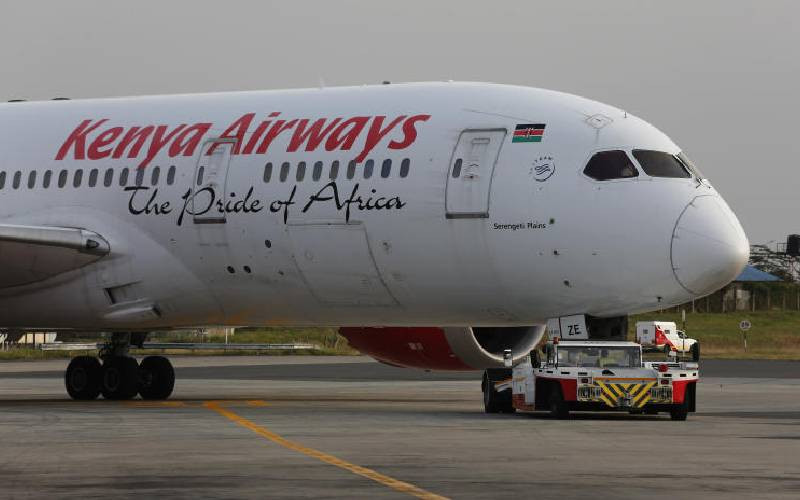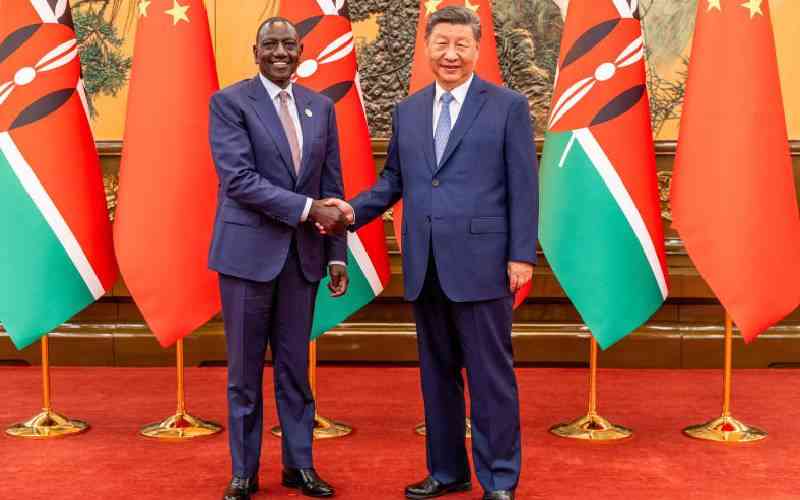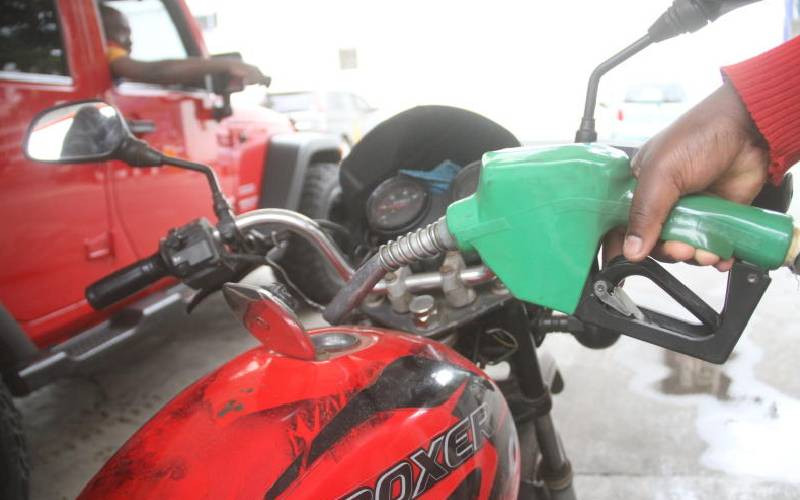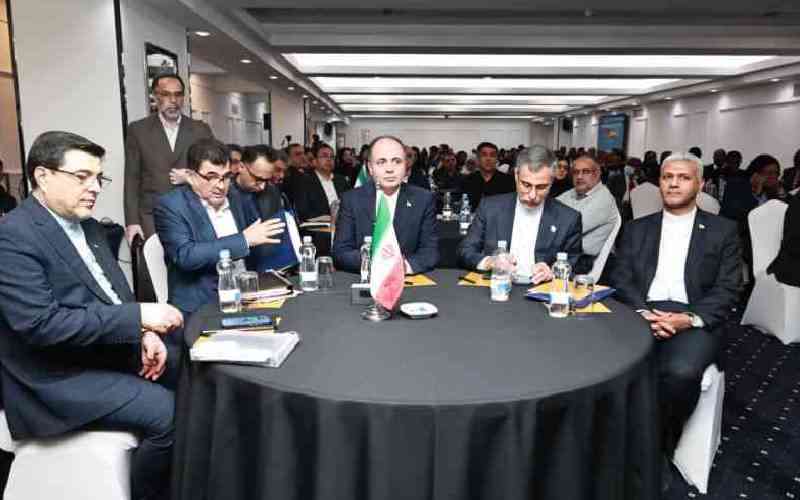×
The Standard e-Paper
Home To Bold Columnists
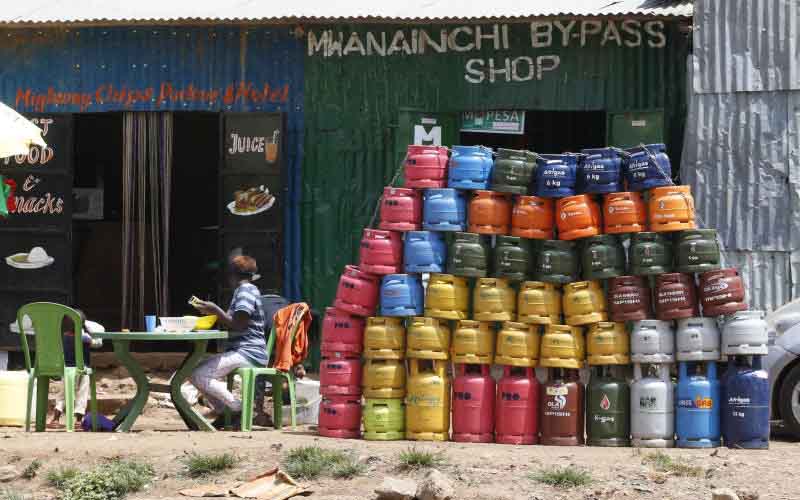
Cooking gas cylinders dealer in Kibra slums. [Stafford Ondego, Standard]
You are likely to experience more hikes in the cost of cooking gas in the coming months as prices in the global markets continue to go up.
